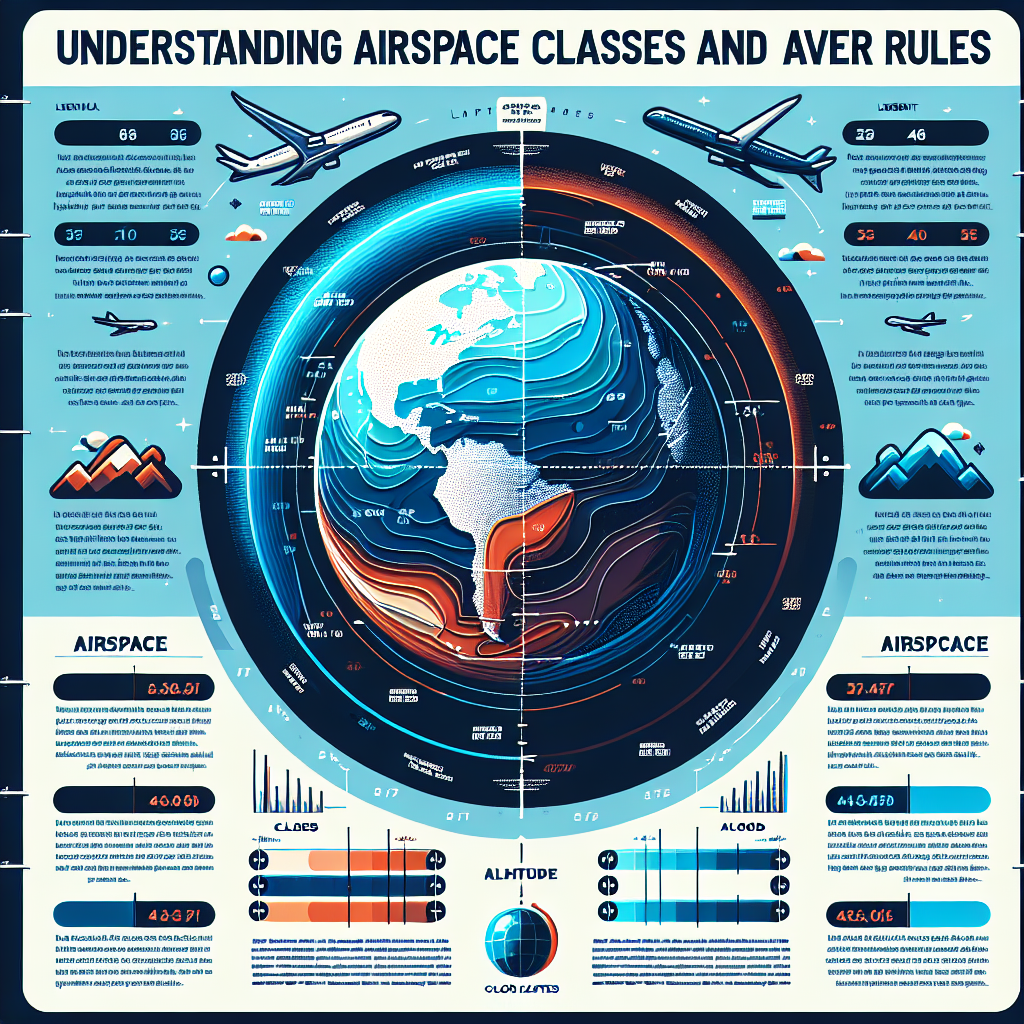Airspace is a crucial component of the aviation industry, as it refers to the portion of the atmosphere that is controlled and regulated by a country’s civil aviation authority. The Australian airspace is no exception, with strict regulations in place to ensure the safety and efficiency of air traffic across the country.
In order to effectively manage air traffic, the Australian airspace is divided into different classes based on various factors. These factors include altitude, speed, and type of aircraft, each playing a crucial role in determining the regulations that apply to a particular flight.
One of the key factors that determine the classification of airspace in Australia is altitude. The Australian airspace is divided into four main altitude classes: A, C, D, and G. Class A airspace extends from 18,000 feet above mean sea level (AMSL) to flight level (FL) 600, and is primarily used for high-altitude airways. Class C airspace, on the other hand, extends from the surface to 12,500 feet AMSL, and is often found around major airports or in areas with high volumes of air traffic.
Similarly, Class D airspace extends from the surface to 3,500 feet AMSL, and is typically found around smaller airports or in areas with moderate levels of air traffic. Finally, Class G airspace is uncontrolled and extends from the surface to varying altitudes depending on the location. This type of airspace is often found in rural or remote areas where air traffic is minimal.
Another important factor that determines the classification of airspace in Australia is the speed of aircraft. For example, certain areas of Australian airspace may be designated as restricted or prohibited airspace due to military activities or other security concerns. These areas are strictly off-limits to civilian aircraft to ensure the safety of all airspace users.
Additionally, the type of aircraft also plays a role in determining the classification of airspace. For example, certain types of aircraft, such as drones or unmanned aerial vehicles (UAVs), may be subject to specific regulations when operating within Australian airspace. These regulations are designed to ensure the safety of both the aircraft and other airspace users.
Overall, the classification of airspace in Australia is a complex system that is designed to ensure the safety and efficiency of air traffic. By carefully managing factors such as altitude, speed, and type of aircraft, the Australian civil aviation authority is able to regulate airspace in a way that minimizes the risk of collisions and other incidents.
In conclusion, airspace is a crucial component of the aviation industry in Australia, with strict regulations in place to ensure the safety and efficiency of air traffic. By dividing airspace into different classes based on factors such as altitude, speed, and type of aircraft, the Australian civil aviation authority is able to effectively manage air traffic and keep all airspace users safe.
Airspace refers to the portion of the atmosphere that is controlled by a country and regulated by that country’s civil aviation authority. It is essential for the safety and efficiency of air traffic, as it helps prevent mid-air collisions and ensures that aircraft can navigate through the skies in an organized and controlled manner.
The regulation of airspace is crucial in order to protect the passengers and crew on board aircraft, as well as people on the ground. Without proper control and regulation, the skies would be chaotic and dangerous, with aircraft colliding and potentially causing significant damage and loss of life.
To help manage and control airspace, different classes of airspace have been established. These classes are based on factors such as altitude, speed, and type of aircraft. By dividing airspace into different classes, air traffic controllers can more effectively manage and separate aircraft, reducing the risk of collisions and ensuring the safe and efficient flow of air traffic.
The different classes of airspace include:
– Class A: This is the highest level of airspace and is typically reserved for commercial passenger flights operating at high altitudes. Aircraft in Class A airspace are under strict control by air traffic controllers and are required to use Instrument Flight Rules (IFR) for navigation.
– Class B: This airspace is typically found around busy airports and is used for highly congested areas with a high volume of air traffic. Aircraft in Class B airspace must obtain clearance from air traffic control before entering and are subject to strict control measures.
– Class C: This airspace is typically found around smaller airports and is used for moderate levels of air traffic. Aircraft in Class C airspace must establish two-way communication with air traffic control and obtain clearance before entering.
– Class D: This airspace is typically found around smaller airports and is used for lower levels of air traffic. Aircraft in Class D airspace must establish two-way communication with air traffic control but do not require clearance before entering.
– Class E: This airspace is typically found in rural areas and is used for general aviation. Aircraft in Class E airspace do not require communication with air traffic control unless flying under IFR.
– Class F: This airspace is typically used for restricted and danger areas. Aircraft in Class F airspace are subject to specific restrictions and regulations.
– Class G: This airspace is typically found in uncontrolled areas and is used for general aviation. Aircraft in Class G airspace do not require communication with air traffic control and are not subject to specific regulations.
Overall, the regulation of airspace is essential for ensuring the safety and efficiency of air traffic. By dividing airspace into different classes and implementing strict control measures, air traffic controllers can effectively manage and separate aircraft, reducing the risk of collisions and ensuring the safe and efficient flow of air traffic.

